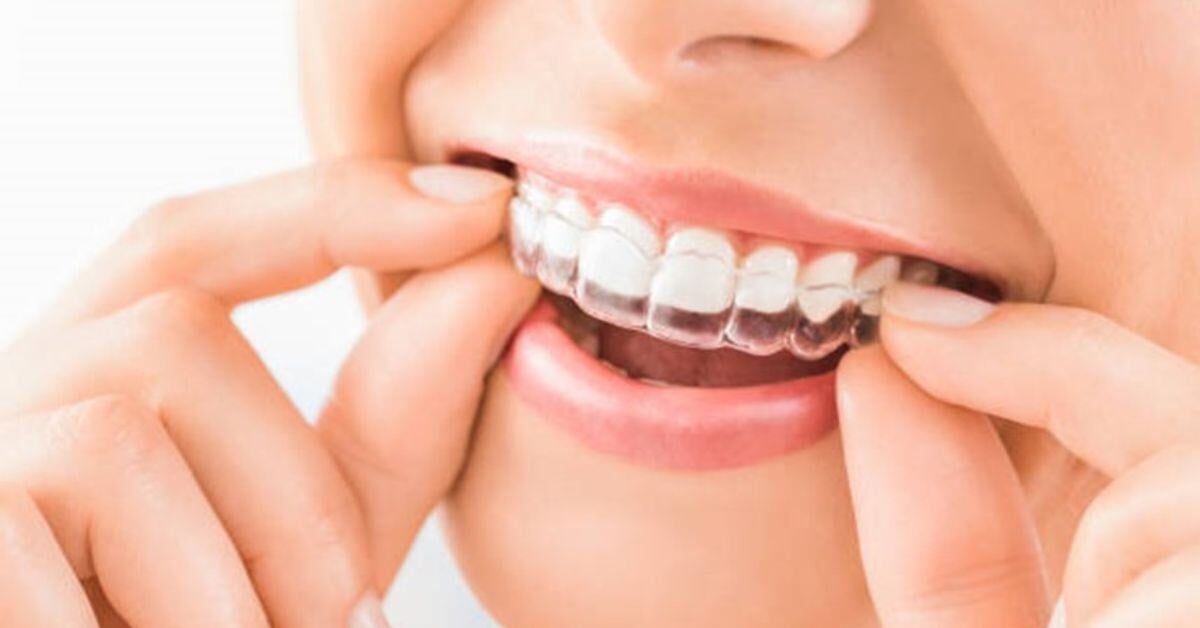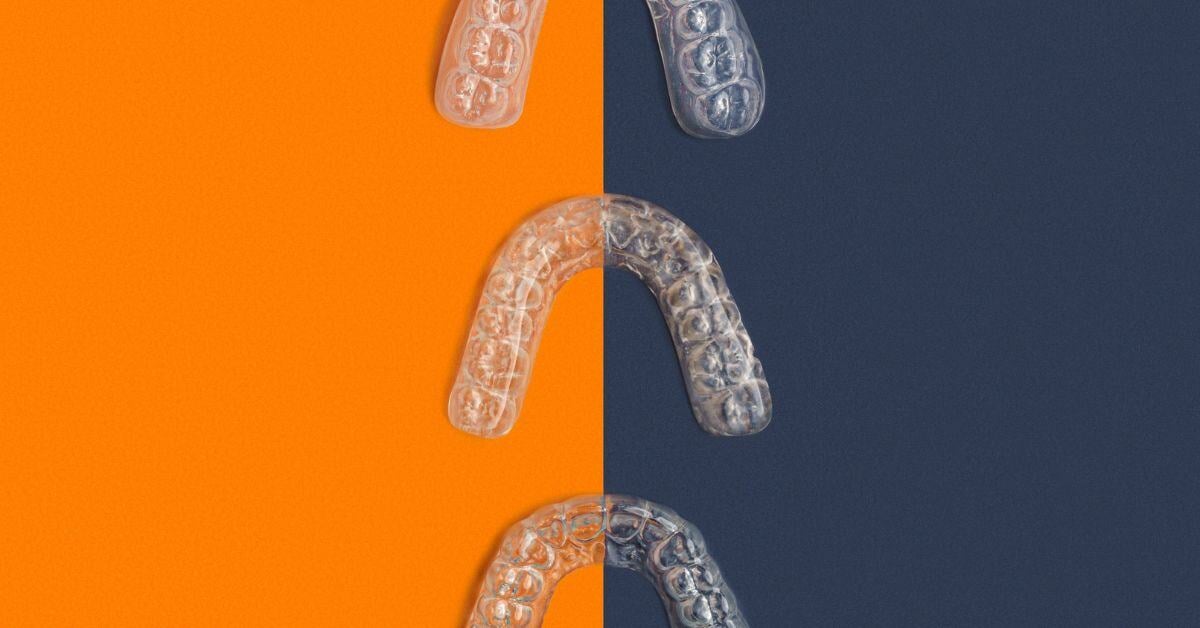One of the most exciting advancements in modern dentistry is the use of thermoplastic materials in various dental procedures. These materials are transforming how dentists and dental technicians approach treatments. Observe each of the applications of thermoplastic materials in dentistry to identify how you can use them immediately.
The Go-To Material for Modern Dentistry
Thermoplastic materials are quickly becoming the go-to for modern dentistry excellence.
Their versatility, ease of use, and superior performance make them an ideal choice for various applications. Unlike traditional materials that require extensive manual input, thermoplastics streamline the production process, resulting in faster turnaround times and more consistent results.
The cost-effectiveness of thermoplastic materials also drives their growing popularity. While the initial investment in digital technology and materials may be higher, the long-term savings in time and labor make them a worthwhile investment.
Digital vs. Manual Production Methods
The introduction of thermoplastic materials has accelerated the shift from manual to digital production methods in the dental laboratory.
Digital methods leverage advanced scanning and modeling technologies to create highly accurate and efficient dental devices. Thermoplastic materials complement digital workflows perfectly. Their properties allow for seamless integration with 3D printing and other digital manufacturing techniques, resulting in faster turnaround times and more consistent results. Dentists and dental technicians can now more easily collaborate, improving overall practice efficiency.
Thermoplastic Materials in Nightguards
Thermoplastic materials have gained significant traction in the production of nightguards. The key advantage of thermoplastic nightguards is their ability to be hard at room temperature but soften when exposed to hot water. This unique property allows for easy adjustments and ensures a snug fit, which is crucial for optimal protection and also patient comfort.
Patients can enjoy a comfortable and durable nightguard that adapts perfectly to their dental anatomy, reducing the risk of discomfort or breakage.

3D Occlusal Devices: Precision and Efficiency
In the realm of 3D occlusal devices, thermoplastic materials are proving to be a game-changer. These devices, which manage occlusal forces and protect teeth from excessive wear, benefit immensely from the precision and adaptability of thermoplastics. The materials used in the 3D printing of occlusal devices provide a perfect balance of rigidity and flexibility, ensuring the device remains effective while being comfortable for the patient.
One of the most significant benefits of using thermoplastic materials in 3D occlusal devices is the ability to produce custom-made solutions quickly and accurately. Digital technology allows for precise scanning and modeling, which, when combined with thermoplastic materials, results in devices that fit perfectly with minimal manual adjustments. This saves time and improves the overall patient experience by providing a predictable and reliable solution.
Time-Saving Improvements with Thermoplastics
For example, the process of creating nightguards and occlusal devices with thermoplastic materials is easily expedited by digital scanning, modeling, and 3D printing. These steps are streamlined and automated, reducing the need for manual intervention and ensuring a faster, more efficient production cycle. Patients benefit from quicker turnarounds, while dentists can manage their workload more effectively.
Predictable Material for Replacements
Thermoplastic materials offer a level of predictability that’s highly valuable in dental applications. Their consistent properties and performance make them an excellent choice for creating reliable and durable dental devices.
Dentists can trust thermoplastic materials to deliver consistent results, reducing the likelihood of remakes and adjustments. This reliability enhances patient confidence and satisfaction, contributing to a positive reputation for the practice.
The ability to provide predictable and high-quality solutions is a key factor in the growing popularity of thermoplastic materials in dentistry. That said, you need to set the right expectations before choosing thermoplastic materials for patients. Thermoplastic materials do not always lead to a perfectly clear final product. It is popular to have color added during the fabrication process to distract from the cloudy outcome of the material. Although they aren’t clear, thermoplastic materials showcase a quality performance that can outweigh the aesthetic value.
The Role of Light-Cured Polymers
Light-cured polymers are another exciting development in the world of thermoplastic materials. These materials offer additional advantages in terms of speed and precision. When exposed to specific wavelengths of light, they undergo a rapid curing process, which makes them ideal for applications where quick production and high strength are essential.
The integration of light-cured polymers in dental practices allows for the creation of highly detailed and accurate devices. Dentists can customize these devices to meet the specific needs of each patient, ensuring optimal performance and comfort. The rapid curing process also contributes to shorter production times.

Implementing the Use of Thermoplastic Materials
The applications of thermoplastic materials in dentistry are vast and varied, offering numerous benefits for the dental laboratory, patients and dentists.
From nightguards and 3D occlusal devices to the integration of light-cured polymers, these materials are transforming the dental landscape. Their versatility, efficiency, and predictability make them an invaluable tool for modern dental practices.
At DDS Lab, we have a dental nightguard lab that’s ready to help you develop high-quality materials for your patients leveraging the latest thermoplastic materials. Contact us today to learn more.
